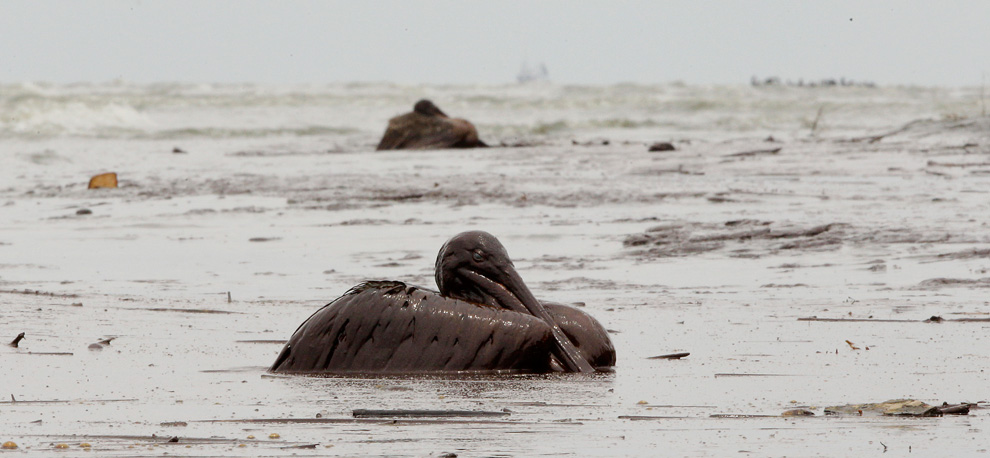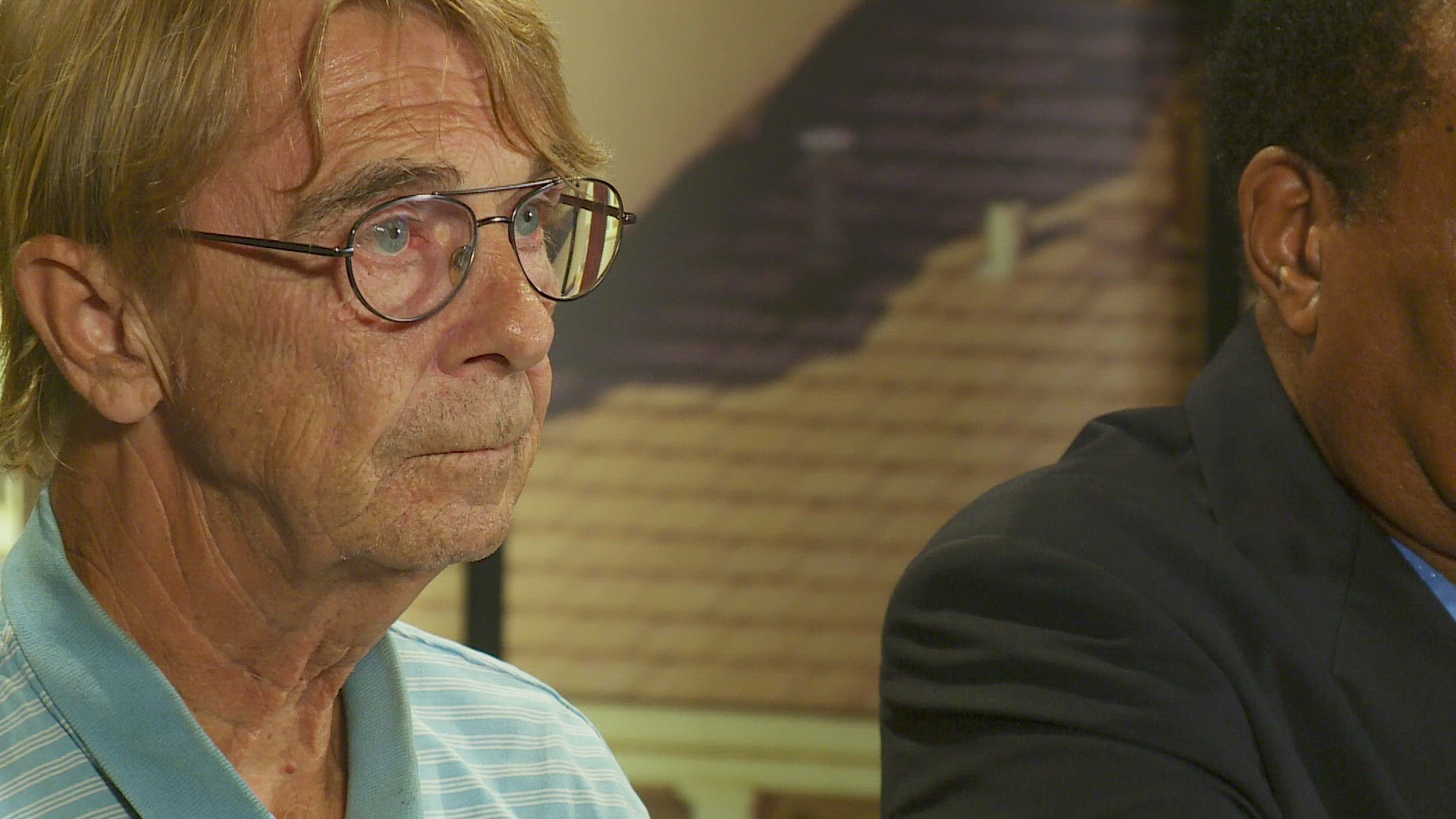NEWORLEANS-- They have become some of the most iconic images of the Gulf oil spill: birds coated in crude, struggling to move.
'They're heart-wrenching. I mean the photos I've seen of birds, Brown Pelicans, terns, are heart-wrenching,' said Darron Collins, a managing director for the World Wildlife Fund.
Collins is tracking the effects of the spill on wildlife across the Gulf Coast. He said he is especially concerned that some birds appear more vulnerable to the oil.
'My worry would be about species like the brown pelican that have only recently been removed from the endangered species list,' he said.
There is now an ongoing effort to collect and clean oiled birds. At a rehab facility in Fort Jackson, birds are brought in, cleaned and have their blood drawn, to see whether or not the oil is affecting their organs.
'Then they go through a rest period to make sure we know they got their strength up,' said Doug Zimmer, with the U.S. Fish and Wildlife Service and the Deepwater Horizon Response Unified Command. 'Meanwhile, their blood is analyzed.'
Yet, some have questioned whether all the effort worth it. In published reports, German biologist Silvia Gaus has said that the rescued birds have less than a 1 percent chance of survival once they are released back into the wild. She also said it would be more humane to euthanize them.
The U.S. Fish and Wildlife Service, though, disagrees.
'Most of the data that this German biologist is relying on, comes out of North Sea spills,' Zimmer said. 'Those are a lot more stressful on the birds and also they are a lot different species of birds up there, and a lot of that data is 30 years old.'
So far, 634 live, oiled birds have been collected along the Gulf Coast; the vast majority of them, 569, were found in Louisiana. However, only 42 birds -- less than 7 percent -- have recovered enough to be released into the wild in Florida.
'It varies from spill to spill -- how stressed they are, how fast can you get to the birds, all of those are factors,' Zimmer said. 'As the spill goes on, you'll see larger numbers of birds released, but at the same time, you'll see larger numbers of birds coming in.'
Before the birds are released into appropriate habitats along the east coast of Florida, they are tagged with a band. The number on that band will be used to track what ends up happening to that bird -- information that could eventually show the rate of survival for those treated birds. Experts caution, though, that it could be several years before a complete picture of their survival emerges.


